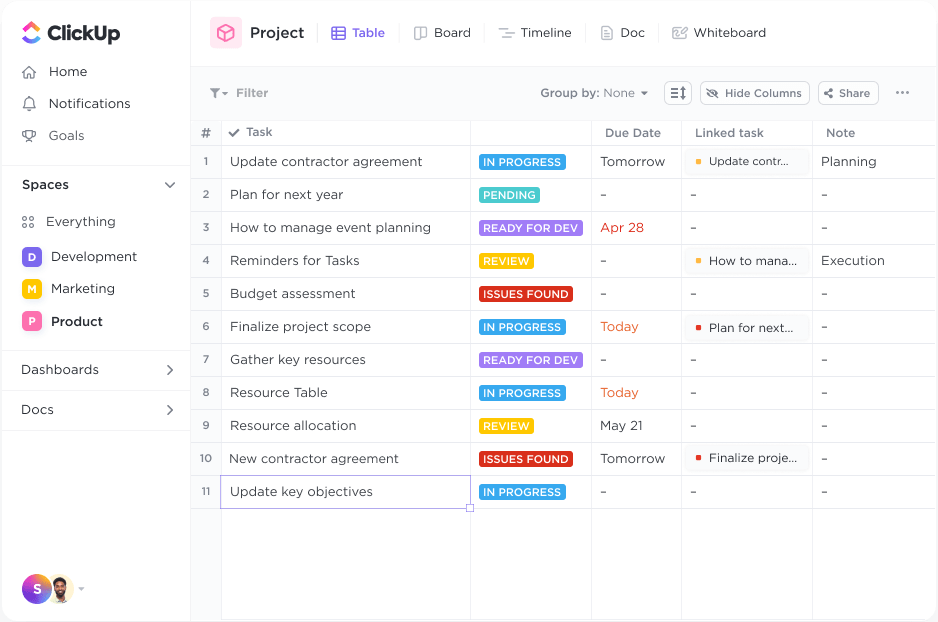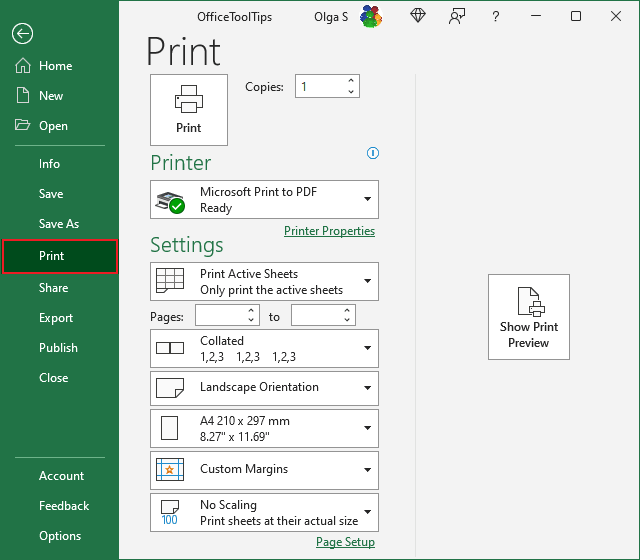Unveil Excel Sheets: How to Display Them Easily

Unveiling Excel Sheets: Mastering Display Techniques

Excel, developed by Microsoft, stands as one of the most powerful tools for data analysis and visualization. Its capabilities extend far beyond basic spreadsheet functions, allowing users to manipulate, analyze, and present data in ways that are both impactful and easy to understand. This blog post will guide you through various techniques to display Excel sheets effectively, enhancing your productivity and presentation skills.
Understanding Excel's Viewing Options

Before diving into the advanced display methods, it's crucial to understand the basic viewing options within Excel:
- Normal View: The default view where you work with spreadsheets, with rows and columns.
- Page Layout View: This shows your document as it would appear on a printed page, including headers, footers, and margins.
- Page Break Preview: Useful for printing large datasets, this view allows you to see where pages will break and adjust accordingly.
Advanced Display Techniques

Freeze Panes for Enhanced Navigation

If your dataset extends beyond the visible screen, freezing panes can keep headers or columns in view:
- Select the row or column where you want to freeze.
- Go to the "View" tab, and choose "Freeze Panes."
- Select options like "Freeze Panes," "Freeze Top Row," or "Freeze First Column."
Using Zoom and Split Panes for Clarity

Excel allows you to zoom in or out for better visibility or split the window to view different parts of your sheet simultaneously:
- Zoom: Use the slider at the bottom-right of Excel to zoom in or out, or enter a percentage in the "Zoom" dialog box.
- Split Panes: Navigate to the "View" tab and select "Split" to divide your window horizontally or vertically.
Custom Views for Streamlined Presentations

Custom Views allow you to save specific display settings for quick access:
- Set up your desired view, then under the "View" tab, select "Custom Views."
- Click "Add" to name and save your view. This saves scroll positions, print settings, and more.
- To recall your custom view, simply go to "Custom Views" again and choose the view you want to display.
Conditional Formatting for Visual Insights

Excel's Conditional Formatting helps highlight important data with color scales, data bars, or icons:
- Select the range of cells you want to format.
- From the "Home" tab, click "Conditional Formatting."
- Choose rules like "Highlight Cell Rules," "Top/Bottom Rules," or create custom rules.
Dynamic Charts and Tables for Presentations

Creating dynamic charts or tables not only makes your data more digestible but also aids in decision-making:
- Create Charts: Select your data, go to the "Insert" tab, and choose a chart type. Adjust settings for clarity and presentation.
- Interactive Tables: Convert your data into a table by selecting "Format as Table" from the "Home" tab. Tables offer features like sorting, filtering, and auto-expanding rows.
🔖 Note: Using the right chart or graph can significantly improve the way you present complex data. Explore Excel's extensive library of chart types to find the best fit for your needs.
Advanced Techniques: Power Query and Power Pivot

Power Query and Power Pivot are advanced tools for those looking to extend Excel's data manipulation capabilities:
- Power Query: Use this to transform, combine, and clean data from various sources before loading it into Excel.
- Power Pivot: Ideal for creating data models, relationships, and performing complex calculations using Data Analysis Expressions (DAX).
| Tool | Use Case |
|---|---|
| Power Query | Data transformation, cleaning, and shaping |
| Power Pivot | Data modeling, large datasets, DAX calculations |

💡 Note: While these tools are powerful, they require an initial learning curve. Start with online tutorials or Microsoft documentation to familiarize yourself with their functionalities.
Wrapping Up: Simplify, Visualize, and Analyze

Excel offers numerous methods to display your data in ways that are not only easier to understand but also more engaging for your audience. Whether it's through freezing panes, zooming in for clarity, using custom views, or leveraging advanced features like Power Query and Power Pivot, you have the tools to turn complex datasets into actionable insights. Remember, the key to effective Excel display is:
- Understanding your audience's needs
- Choosing the right view or format for your data
- Using conditional formatting for immediate insights
- Creating dynamic visualizations
By mastering these techniques, you'll not only enhance your efficiency but also make your presentations more compelling, allowing for better data-driven decisions.
What is the difference between Freeze Panes and Split Panes?

+
Freeze Panes keeps specific rows or columns in view while scrolling through other parts of the spreadsheet. Split Panes, on the other hand, divides the window into separate panes where you can independently navigate.
How can I use custom views in Excel?

+
Custom views save specific display settings like scroll positions, print settings, etc., allowing you to quickly switch between different views. You can create a view by setting up your spreadsheet, then saving it under “Custom Views” from the “View” tab.
What are Power Query and Power Pivot?

+
Power Query is used for data transformation and cleaning before importing it into Excel. Power Pivot is for creating data models, relationships, and performing advanced calculations. They are designed to handle larger, more complex datasets than traditional Excel formulas.